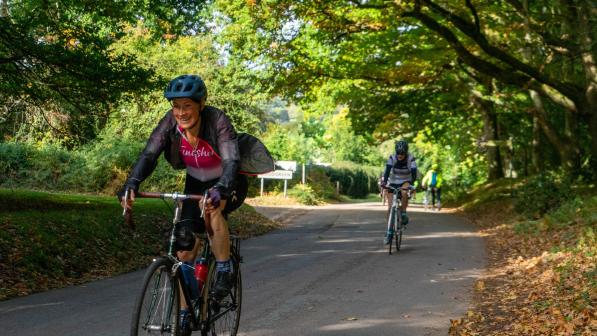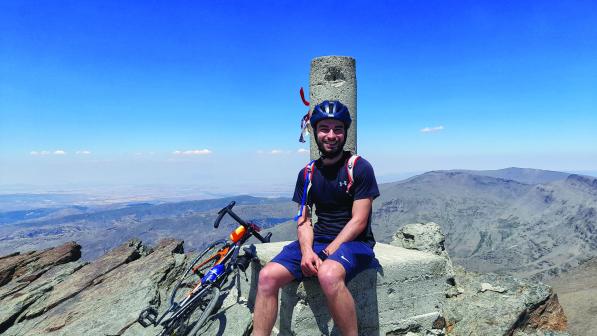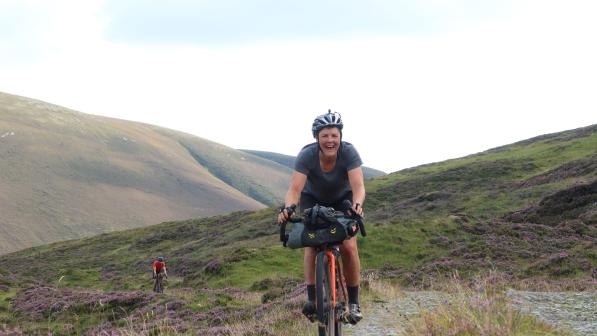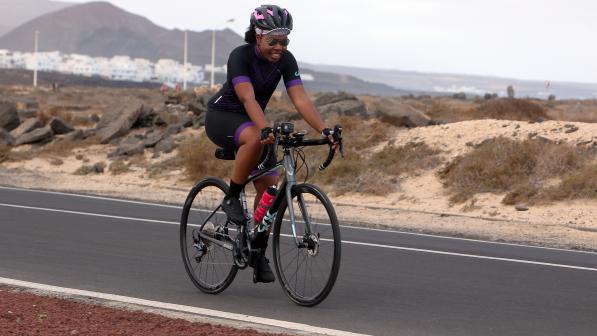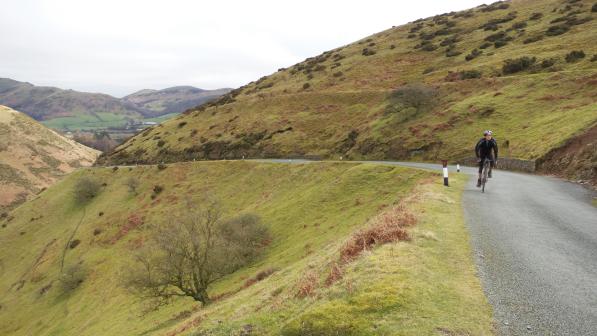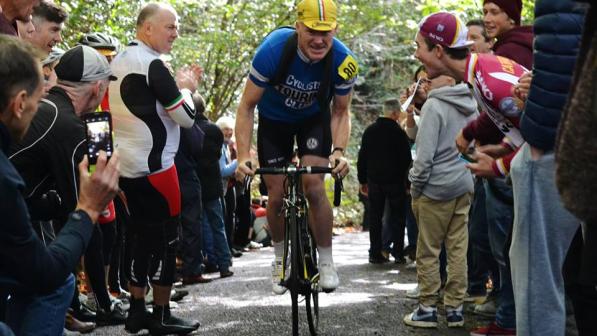How to climb hills on a bike
By Cycling UK

With these top tips, you’ll be enjoying those hills in no time
- The only way to get better is to go out and do it. Don’t be intimidated by any hill. Instead of seeing as an obstacle, treat it like a glider pilot treats a thermal – an opportunity to gain potential energy. Every hill climb is ‘charging the battery’, stocking you up with potential energy for the blast down the other side.
- Break it down into sections to make it manageable, if necessary yard by yard (you can cycle another yard, can’t you?). Set yourself markers – such as the next lamppost or tree – so that you have (mentally) a series of short sections rather than one long grind.
- Use your gears – that’s what they’re for. I used to avoid using my bottom gear, because someone said to keep something in reserve. I also used to think I was wimping out when I dropped to my granny ring. Forget it! As your fitness improves, you will automatically find you are using a taller gear anyway, so don’t beat yourself up – use whatever gear feels comfortable. Use your gears to rest in the saddle – keeping your legs moving helps clear lactate and stops you stiffening up (which would have happened if you’d have pulled over for a rest). Changing gear breaks your rhythm, so as far as possible, get in the lowest gear you’re going to use early on, then stick in it.
- Maintain your bike. Squeaks and rattles sap morale, and no one needs any extra friction when climbing, so get those brakes properly adjusted, tyres pumped up and your drivetrain clean and lubricated.
- Set up your bike right. Make sure your saddle is high enough, an apparently small adjustment here can make a huge difference. If your saddle is too low, you won’t get the full extension of your legs, hindering smooth rotation as each pedal goes through the six o’clock position.
- Stay slow – if you get out of breath, you will have to stop, which is demoralising, and on a steep hill may mean that you can’t start off again except on foot, pushing the bike. You have got to go slowly enough for your breathing to stay under control. The big temptation is to storm up the first third then run out of steam, gasping for breath. Some of my friends leap out of the saddle and storm up all the way. What works for me is to creep up possibly at snail pace but never stopping until I’ve got to the top. But remember, you’d doing this for fun (aren’t you?) so if you want to stop, do so. My friends and I have a rule that you can always stop if there’s a seat (usually placed for a spectacular view across open countryside). Whatever you do, find your own pace.
- Get in the right position, weight forward (on nose of saddle) head down (pretend you’re going to kiss your bars) – it seems to help you get more push out of each pedal stroke. On a steep hill, you may have to get out of the saddle simply to get your weight far enough forward to keep the front wheel on the ground.
- Talk to yourself, something positive, repetitive and rhythmic (I can do this, I can do this etc). Remember: it’s 25% legs and 75% morale. This also why practice helps – not only do you get fitter, but you know you can do it because you’ve done it before.
- Be comfortable – adjust your clothing for climbing and make sure you’ve had enough to drink. If you feel hot and thirsty before you start (and ignore it) you’ll be feeling you’re going to die of heat exhaustion before you’ve got to the top. Remember, you are already getting dehydrated by the time you actually feel thirsty.
- Do maintain directional control. However fast you’re climbing, wobble to the right just as a car overtakes and you’re toast!

